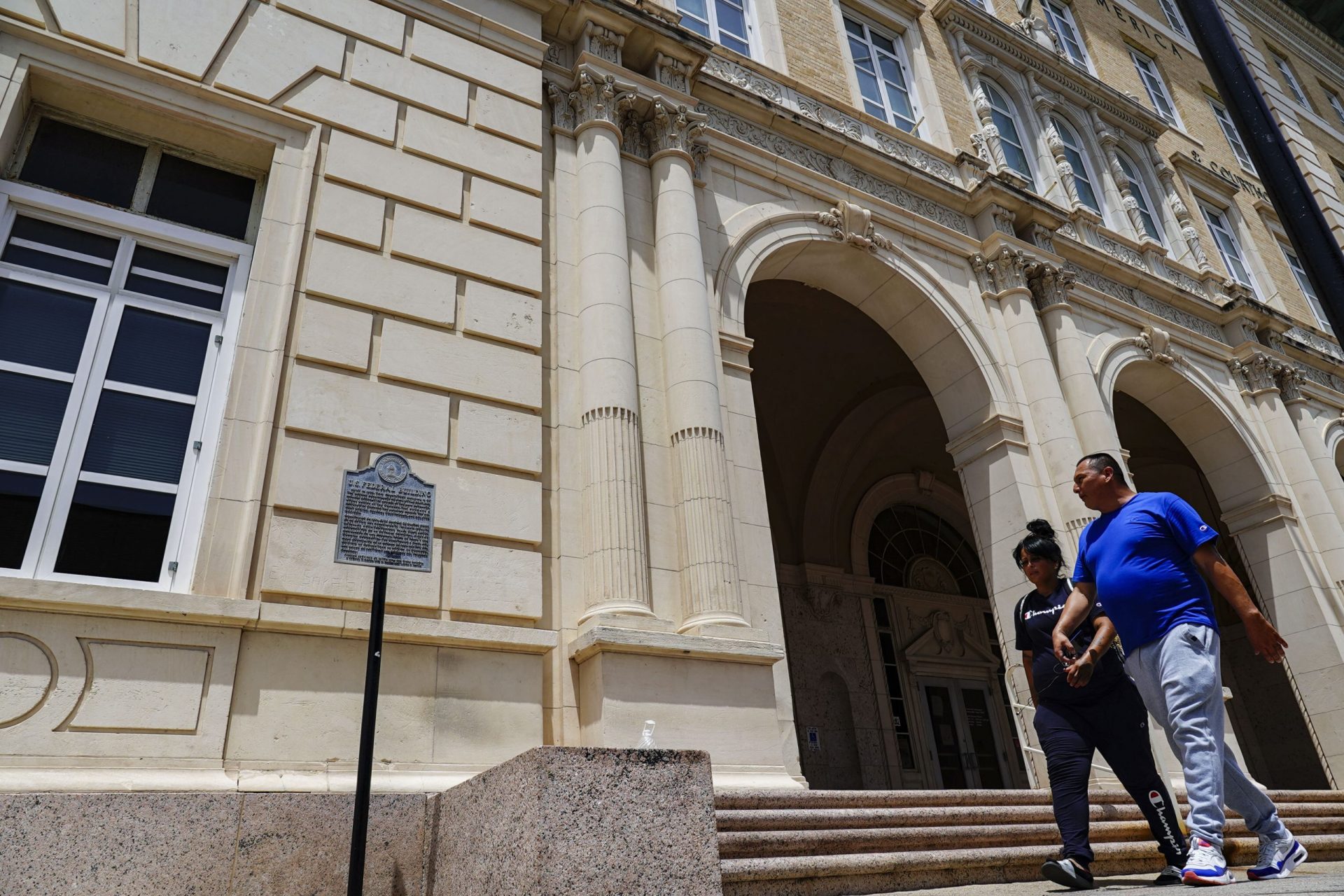|
Only have a minute? Listen instead
Getting your Trinity Audio player ready...
|

The city of Brownsville’s fiscal year 2024 General Fund Budget, ratified by the city commission on Aug. 15, includes a 3.5 percent cost-of-living adjustment, a one-time $1,315 stipend for full-time civilian employees and a one-time $658 stipend for part-time civilian employees.
The FY 2024 budget, which covers Oct. 1, 2023, through Sept. 30, 2024, totals $121 million, alongside certificates of obligation (COs) valued at $29.6 million. A CO is a type of borrowing allowed under state law, usually repaid through property taxes or other local revenue, that local governments can pass without voter approval to fund public works projects.
The first public notice of the new budget contains a decrease in the property-tax rate for Brownsville residents, from more than $0.69 per $100 of property valuation in 2023 to less than $0.61 per $100 in 2024. A city spokesman said it’s the fourth consecutive reduction in the tax rate for Brownsville residents and the “largest in recent history.”
The city has also introduced a “9/80 flex” work schedule in which full-time employees work 80 hours over nine days rather than the traditional 80 hours every 10 days, which allows for regular long weekends.
Of the budget’s $29.6 million in COs, $12.5 million are devoted to completing street and drainage improvements and repairs, according to the city. For instance, $4.5 million is earmarked for Old Highway 77, providing the last piece of funding for an $8 million reconstruction project that has been in the planning stages since 2002 and is set to get underway next year.
In addition to Old Highway 77, the budget contains design/repair/reconstruction funding for Stagecoach Road, Wild Rose Lane, East 14th Street, Coffee Road, Coffee Port Road and Old Alice Road, to name some.
City Manager Helen Ramirez said the budget reflects an “employee-first focus” that rewards dedicated employees with a 3.5 percent COLA — the first since 2014. Meanwhile, a lower tax rate benefits residents, she said.
“This demonstrates our one-city approach, where internally and collectively, with external community partners, we provide citizens with improved service levels while accelerating our strong economy,” Ramirez said.
Brownsville Chief Financial Officer Michael Delmore characterized the lower tax rate as a “game changer.”
“It allows for the city to become more competitive in attracting new businesses (and) is beneficial for existing residents as well as families desiring to relocate to Brownsville,” he said.
Brownsville’s sales tax has surged 112.5 percent over the last eight years, equaling an annual growth rate of 14.1 percent, according to the city, which said surplus sales tax revenue in FY 2024 will be considered for “one time projects and reinvestment in beautification, trails, parks and recreation, infrastructure, technology and matching grant funds.”
Mayor John Cowen said the budget “reflects strong economic growth in all sectors of investment and record sales tax numbers.”
“I am proud to work with our city commission and city management to approve a budget that prioritizes improving our infrastructure, providing our city employees a much needed cost of living adjustment, and lowering our tax rate by 9 cents, which is the biggest rate decrease in recent memory,” he said.




